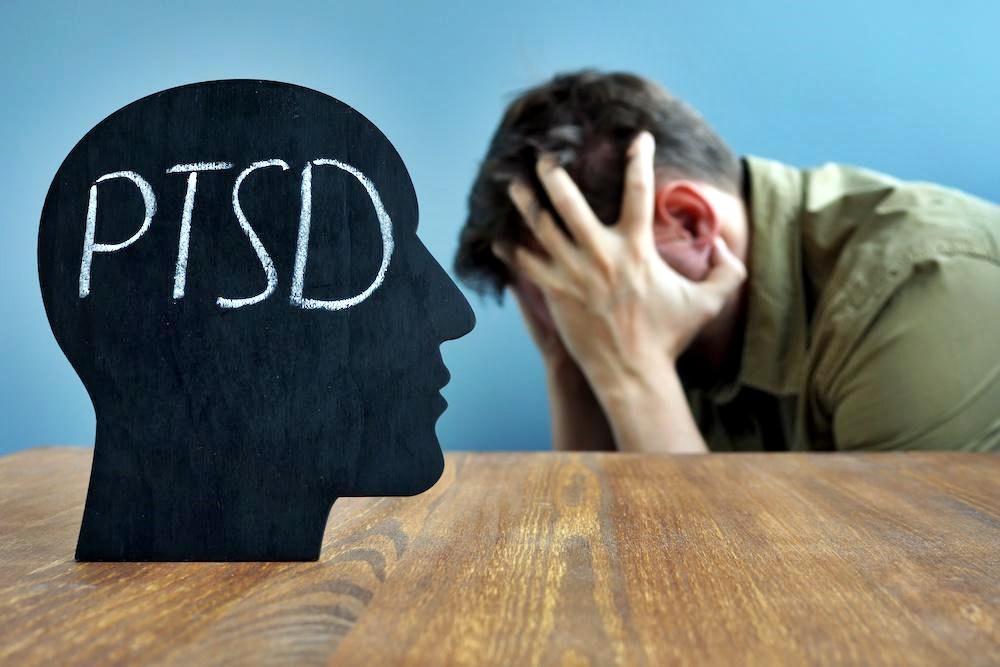Ketamine therapy is growing in popularity as an alternative mental health treatment. It is recommended for patients who are resistant to other treatments and has been shown to be effective in reducing symptoms for a range of mental health conditions.
One condition ketamine is said to target is PTSD. It may relieve the stress and anxiety associated with the disorder while also reducing panic attacks and emotional episodes.
This article will review the benefits of ketamine for PTSD and how it minimizes symptoms.
What is PTSD?
Post-traumatic stress disorder (PTSD) is a mental health disorder that occurs in people who have experienced trauma at some point in their lives. Affected individuals may relive traumatic episodes repeatedly and may also experience nightmares, flashbacks, and severe anxiety.
The symptoms of PTSD can be categorized as follows:
- Intrusive Memories: The person may continue to relive the event through flashbacks, nightmares, and other types of unwanted memories.
- Avoidance: A person with PTSD may avoid thinking about the event. They may also stay away from people and places that remind them of the event.
- Depression: PTSD often co-exists with depression. The individual may have negative thoughts about themselves, the people around them, the world, and their future. They may withdraw from the people they were close with. They may not take an interest in activities they once enjoyed.
- Anxiety: PTSD causes severe anxiety. The individual may become startled or frightened easily. They may have trouble thinking and concentrating. They may also experience shame and guilt.
How Does Ketamine Therapy Work?
Most of ketamine therapy’s effects are due to how the drug interacts with glutamate in the brain.
The glutamate pathway is one of the most essential pathways in the brain. It binds to different receptors including the NMDA receptor protein.
Glutamate acts as an NMDA receptor agonist. It prevents glutamate from binding with the NMDA receptor protein. With nowhere else to go, glutamate builds up between nerve cells. This makes it easier for the body to produce feel-good hormones like serotonin and dopamine.
Ketamine also reacts with mTOR, AMPA receptors, and opioid receptors in the brain. It is unclear what these interactions do for mental health, however, they are believed to increase neural connections.
The therapy’s ability to increase neural activity helps the brain function more normally. It also promotes neuroplasticity. The brain may be more receptive to ketamine treatment and other mental health treatments.
How Does Ketamine for PTSD Work?
Some researchers believe that PTSD occurs due to lack of synapse connectivity. Glutamate promotes synaptic activity.
Ketamine therapy causes a glutamate buildup that supports neural connections in the brain. It may reduce the PTSD-related stress that causes nightmares and panic attacks. It may also minimize anxiety and inflammation which can aggravate PTSD symptoms.
The first randomized controlled study of ongoing ketamine treatments was published in the American Journal of Psychiatry on Jan. 5, 2021. It involved participants who received three ketamine infusions per week for two consecutive weeks. Other participants received a placebo.
The research found that 67% of ketamine group participants experienced at least a 30% reduction in symptoms after two weeks of treatment as compared to just 20% in the placebo group. The therapy was effective in reducing intrusive thoughts and avoidance. It also improved mood and cognition.
It is believed that symptoms will continue to improve over time as more infusions are administered.
What Does Ketamine Therapy Entail?
The first step of ketamine therapy is typically a consultation. The individual will meet with a licensed health professional to determine the person’s mental health and physical condition. The doctor or clinician will come up with a personalized treatment plan that is suited to the person’s medical needs.
The infusion is administered intravenously. It typically lasts 45 minutes to an hour. During the treatment, the client sits and relaxes.
The effects of ketamine come on within 5 to 10 minutes. It is one of the most fast-acting mental health treatments. Most people report feeling happy, relaxed, and disconnected.
After the procedure is complete, the individual will follow up with the clinician. They will make sure the client is not experiencing side effects such as nausea or hallucinations following the treatment.
Ketamine therapy usually involves six injections that are administered over a few weeks. After the initial treatment is complete, they may return for follow-up appointments.
PTSD can negatively impact the quality of life. Ketamine therapy may improve mental health outcomes in PTSD patients. It may be an effective alternative treatment that increases the chances of individuals reaching their wellness goals.














